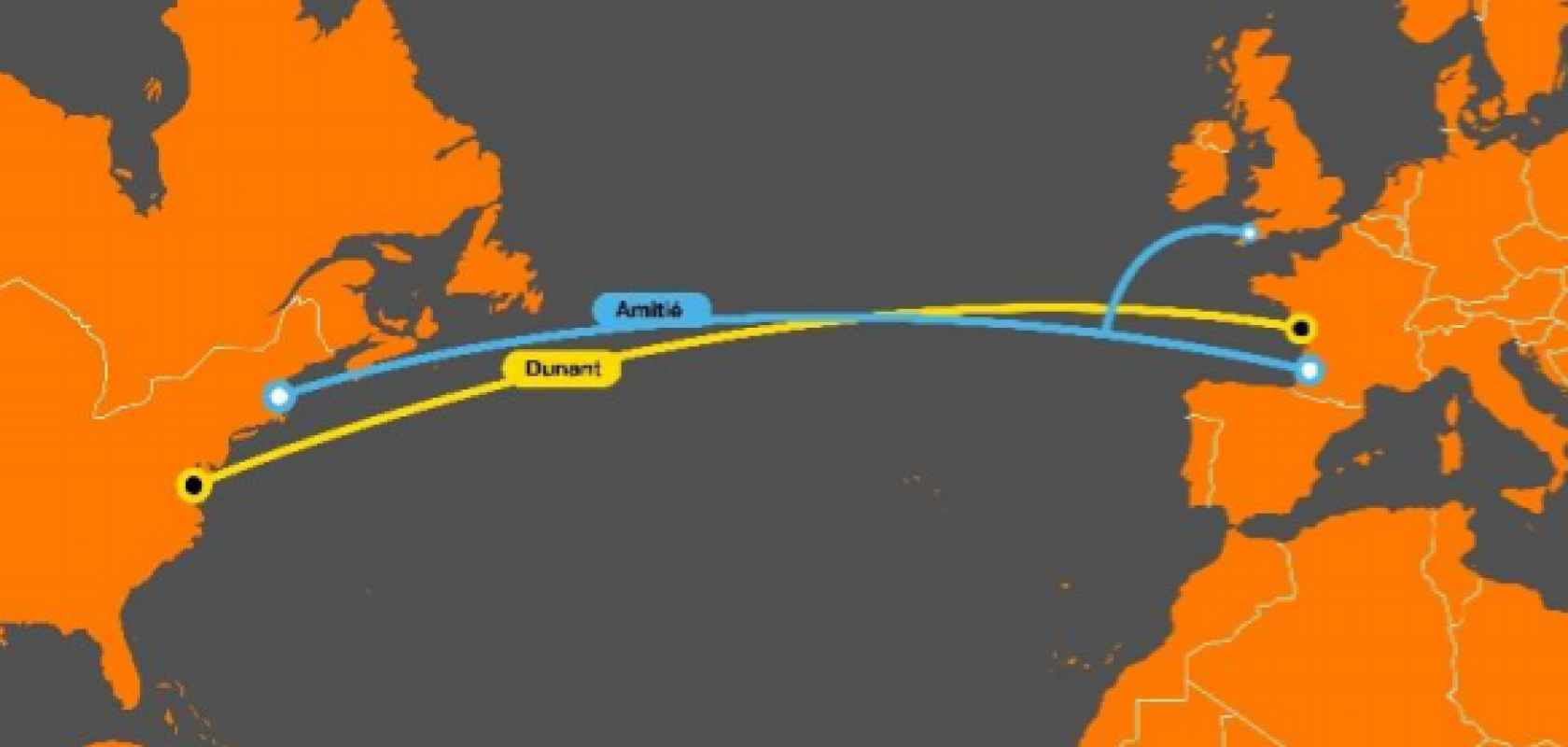Orange is to build a new generation submarine cable connecting France to the United States.
The new Amitié cable, which is planned to be ready for service at the beginning of 2022, has 16 fibre pairs of up to 23Tb/s of capacity each. It is designed to help ensure resiliency and traffic continuity.
The announcement comes following the landing of the Dunant cable, a Google project, which was announced in March last year. Dunant has 12 fibre pairs with over 30 Tb/s of capacity each. The company says that this cable is now ready for service for wholesale and business customers.
The route across the Atlantic Ocean is one of the busiest for connectivity, with Orange citing more than 80 per cent of internet traffic generated in France coming from the US. The traffic between North America and Europe doubles every two years on average, and this route has supported an unprecedented traffic surge during the first lockdown period of the current Covid pandemic.
Jean-Luc Vuillemin executive vice president of Orange International Networks, Infrastructures and Services, explained: ‘In the context of the explosion of international traffic, the arrival of a new generation of more efficient submarine cables, and in view of strategic issues and national sovereignty related to submarine cables, Orange continues to be a key global player. With capacity on these two cables, Orange will be able to offer the latest technology, diverse routes and the best latency to its customers once implemented.”
Both the Dunant and the new Amitié cables are designed to evolve at the same pace as future generations of optical transmission technology, meaning that they should be able to maintain high-level performance for at least the next 20 years. Orange will benefit from two fibre pairs on both transatlantic systems, with a total capacity of up to 100Tb/s.
As the designated landing provider, Orange will be responsible for the French portion of both cables, meaning that it is in charge of the operation and maintenance of the landing stations. The operator will supply land links for both systems from the landing station to Bordeaux and then to Paris and Lyon for one, and will offer capacity between Ashburn, the data centre alley and Paris, with point-to-point optical transmission technology.
Completion of the new cable is subject to approval from the local authorities in the US.


